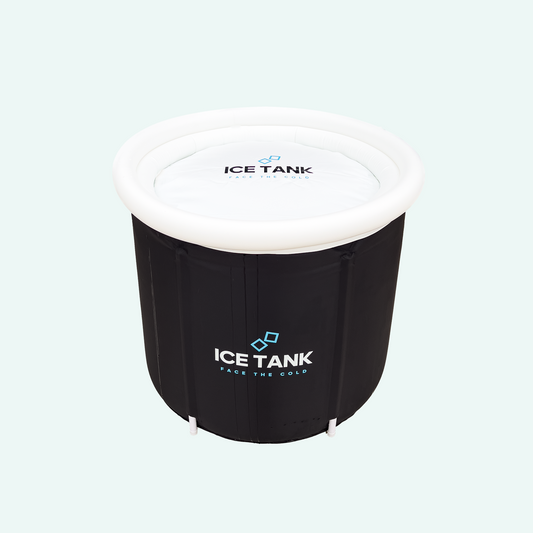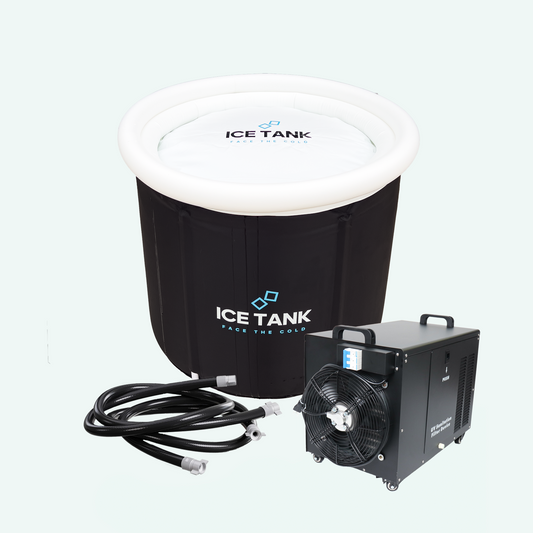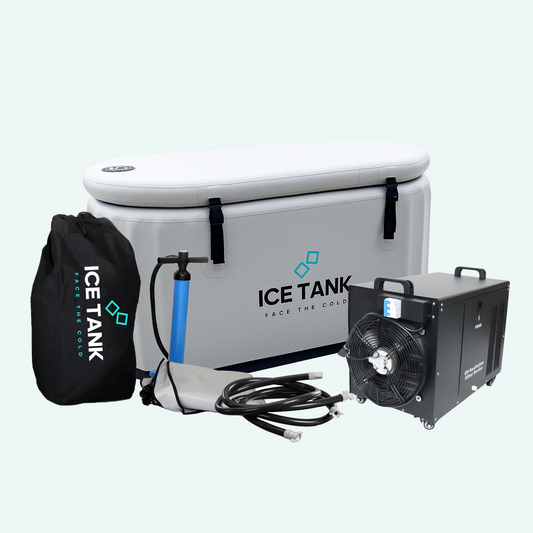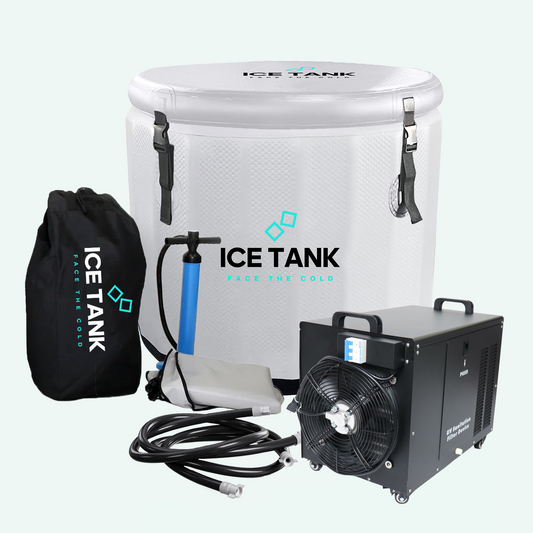Polar ice caps are melting as global warming causes climate change. We lose Arctic sea ice at a rate of almost 13% per decade, and over the past 30 years, the oldest and thickest ice in the Arctic has declined by a stunning 95%.
If emissions continue to rise unchecked, the Arctic could be ice-free in the summer by 2040. But what happens in the Arctic does not stay in the Arctic. Sea ice loss has far-reaching effects around the world.

About the Arctic Regions
The Arctic’s landscapes, seascapes and icescapes are home to unique ecosystems and species—and to about four million people, including Indigenous Peoples whose lifestyles and livelihoods are closely connected to ice, snow and permafrost. But ecosystems throughout the Arctic are undergoing unprecedented change as temperatures rise and industry encroaches.

5 Ways the loss of Arctic Ice Impacts Everyone
1. Temperatures
Arctic ice reflects heat back into the atmosphere. Less ice means less reflected heat and more intense heatwaves worldwide.
2. Coastal communities
Global average sea level has risen by about 7–8 inches since 1900 with dramatic consequences. If it melts entirely, global sea levels could rise 20 feet.
3. Food
Ice loss causes extreme weather which in turn results in significant damage to global food systems, meaning higher food prices.
4. Wildlife
Less sea ice spells trouble for animals such as polar bears, walruses, arctic foxes, snowy owls, reindeer, and many others that count on it for survival.
5. Permafrost & Methane
As the Arctic thraws it releases a large amount of methane (a greenhouse gas that contributes to climate change), increasing global warming further.

About the WWF Arctic Programme
The WWF Arctic Programme's vision is:
'A well-managed, biodiverse, and resilient Arctic, supporting healthy viable populations of wild species and benefiting the well-being of people in the Arctic and beyond.'
The impacts of the climate crisis and increased industrial development threaten Arctic biodiversity and ecosystems. The WWF works to manage transformation taking place in way that supports and benefit all life in the region and the rest of the planet.
WWF launched its Arctic Programme in 1992. The programme:
Advocates for climate change mitigation and adaptation and builds resilience in the Arctic
Works to protect key marine, coastal, terrestrial and freshwater habitats and the species that depend on them
Promotes sustainable energy, shipping and economic development
Presses to fill gaps in Arctic governance and strengthen existing institutions
Shop Ice Tank
-
 Sale
SaleIce Tank Pod
Regular price £75.00Regular priceUnit price per£120.00Sale price £75.00Sale -
 Sold out
Sold outIce Tank Pod with Water Chiller
Regular price £1,450.00Regular priceUnit price per -
Advanced Ice Bath with Water Chiller
Regular price £1,900.00Regular priceUnit price per£2,150.00Sale price £1,900.00Sale -
Advanced Ice Barrel with Water Chiller
Regular price £1,900.00Regular priceUnit price per£2,150.00Sale price £1,900.00Sale





